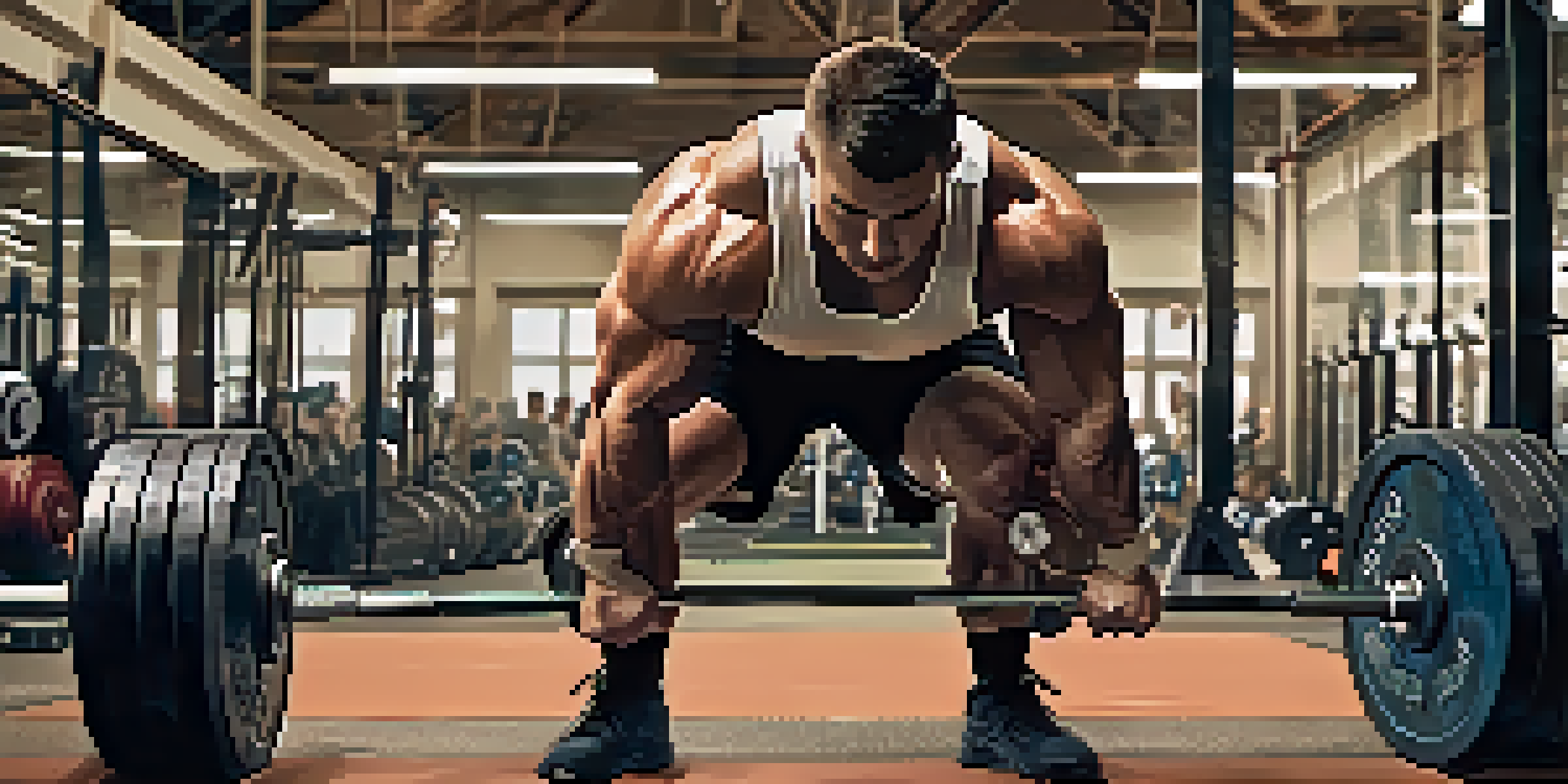How Video Analysis Enhances Powerlifting Technique Training

Understanding the Role of Video Analysis in Training
Video analysis serves as a powerful tool for athletes looking to improve their performance. By recording and reviewing lifts, powerlifters can visually assess their techniques in real-time. This method allows for a deeper understanding of body mechanics, which is crucial in a sport where precision is key.
Identifying Technique Flaws Through Video Review
One of the most significant advantages of video analysis is its ability to pinpoint specific flaws in lifting techniques. For example, a lifter may be unaware of their back rounding during a deadlift until they see it on video. By identifying these flaws, athletes can make targeted adjustments to enhance their lifts.
Video Analysis Boosts Performance
Using video helps athletes visually assess their techniques, enhancing their understanding of body mechanics.
Setting Baselines for Progress Tracking
Another benefit of using video is the ability to set baselines for performance tracking. Athletes can compare their current lifts against past videos, allowing them to visualize improvements or regressions. This ongoing assessment can motivate lifters to stay focused and committed to their training regimen.
Enhancing Coaching with Video Feedback
Coaches can leverage video analysis to provide more effective feedback to their athletes. Instead of relying solely on verbal cues, they can show lifters exactly what adjustments to make. This visual feedback can lead to quicker comprehension and implementation of technique changes.
Identify and Fix Technique Flaws
Video review allows lifters to spot and correct specific flaws in their lifting techniques for better results.
Creating Customized Training Plans with Video Insights
Video analysis helps in tailoring personalized training plans to meet individual athlete needs. By observing an athlete's lifts, coaches can identify strengths and weaknesses that may require a shift in focus or intensity. This customized approach not only improves technique but also boosts overall performance.
Fostering a Community of Learning Through Shared Videos
Sharing video analyses within a training group fosters a sense of community and mutual learning. Athletes can discuss their lifts and collectively analyze each other's performances, which encourages collaboration and support. This shared learning environment can enhance motivation and accountability among lifters.
Custom Training Plans with Insights
Coaches can tailor personalized training plans based on video insights, focusing on individual strengths and weaknesses.
Using Technology to Enhance Video Analysis
Today’s technology offers various tools that enhance video analysis, such as slow-motion playback and motion tracking software. These technologies provide detailed insights that can be difficult to capture with the naked eye. By incorporating these advanced tools, lifters can achieve a more nuanced understanding of their techniques.
Conclusion: The Future of Powerlifting Training
As powerlifting continues to evolve, video analysis will play an increasingly vital role in training. Its ability to enhance technique, provide immediate feedback, and foster community makes it an invaluable resource. Embracing video analysis can lead to more effective training and ultimately better performance on the platform.